Nothing is more miserable that a night spent shivering from the cold or where you just can’t stay comfortably warm.
Here are some tips for staying warm and getting a good night’s sleep.
by Leon Pantenburg
The temperatures were going to below zero, and several scouts and volunteer leaders were sleeping in snow trenches, covered with tarps. We were at the annual Freezoree, my favorite Boy Scout campout. Traditionally, we use our winter survival skills and make emergency shelters.
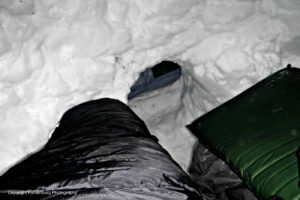
The interior of this igloo was warm and cozy on a really cold night.
The year before, one of the volunteers and I made an igloo. Though the temperatures got down to -4 degrees that night, I was so warm I didn’t zip up my sleeping bag until about 2 a.m.
The tarp shelter and trench was also very warm. Part of that was that I had a good shelter. But the other factor was that I was well-prepared with an excellent sleeping bag and pad.
Staying warm when it’s cold out relies a lot on thinking ahead and just plain common sense.
Here are 10 tips to help you stay warm while you sleep in cold weather. Use these steps to establish a warm, snug bed, regardless of the weather. First:
Get out of wind: Probably the most important aspect is getting out of the wind. A breeze will blow away any heat you might accumulate around your body, and it will make the temperature even colder. If your shelter is cozy, that will go a long way toward making the rest of your sleeping gear work well.
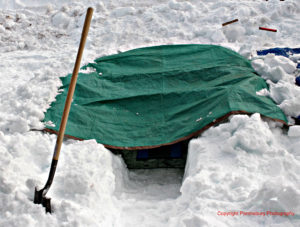
This was my trench shelter on a cold January night in the Oregon Cascades. It was warm and comfortable.
Finding a spot out of the breeze can be pretty simple – if you’re in a forest, look for places where the branches aren’t swaying in the breeze. In the desert, you may have to shelter behind a rock outcropping. Whatever you do, look for that area that has the least amount of air going through it.
If you’re in the mountains, try to camp about halfway up the hill. The valley is where the cold air will settle. The top may be windy. Look around for the best spot for camp.
Get a good sleeping bag: Your sleeping bag is one piece of gear you don’t want to scrimp on. (Your hiking boots are another.) Choose a bag that is suitable for the temperatures. My experience is that manufacturer’s ratings are optimistic at best, and you can subtract about 20 degrees off any rating. In Oregon, I never went without a bag that was rated at least at zero, winter or summer. My Wiggy’s Thule is rated to about -10 degrees, and it is well worth the expense.
Wonder how to choose a sleeping bag that will work for you? Need info on insulation, zippers, and designs? Read: How to choose a sleeping bag.
Sleeping pad: An insulated sleeping pad is critical to a good night’s sleep. A poorly-insulated one will allow the cold ground to suck the heat right out of your body. One with thin padding means you will feel every bump, stick or irregularity in the ground.
At winter scout camps, I generally take along a couple of extra sleeping bags. I may unbag them, and put them underneath me in my tent. Then, if a scout gets cold in the middle of the night, I pass them a warm bag. About 10 years ago, my wife bought me an insulated air mattress for backpacking. It was the Exped Downmat 7 and cost about $200. I thought the price exorbitant until the first use. I was at a January campout in Oregon’s Cascades Mountains and my tent was pitched on ice. All that was between me and the cold was the tent floor, the downmat and my sleeping bag. I slept like a baby. (Read: How to choose a sleeping pad for more info on getting the best pad.) I’ve used the pad extensively, and it has held up magnificently. My daughter has used it a lot for backpacking too. A quality sleeping pad is a survival investment.
Fabrics for cold weather: A discussion about cold weather fabrics starts and ends with wool, as far as I’m concerned. There are other fibers and materials available, but I’ll stick with the wool – the fabrics used exclusively by the elite Greenland Sirius Dog Sled Patrols. In the harshest, coldest climate on earth the soldiers on patrol rely on wool to keep them warm. Learn what fibers and materials you can depend on for cold weather clothing.
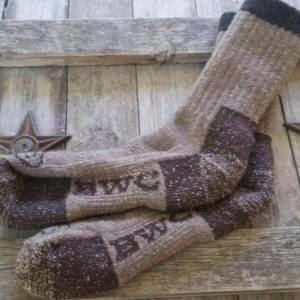
Dry, warm wool socks will feel really, really good when you put them on before going to bed.
Dry base layer: A dry base layer is paramount to warm sleeping. No matter what you have been doing that day, you have perspired, and everything you have worn, from your head to your toes, should be changed out. Wool will wick the moisture away from your skin. If possible, change into a fresh top and bottom before going to bed.
Dry socks: Put on a pair of fresh dry wool socks before going to sleep. They will warm your toes and feel luxurious!
Beanie: Take along a wool beanie to wear on your head at night. About 10 percent of your body heat escapes through your head, and this covering will help more than you can imagine.
Wrap around your neck and face: Your 100 percent cotton Cotton Shemagh Tactical Desert Scarf Wrap should stay home, but a wool or polypropylene scarf can be invaluable. Wrap this around your neck and it can effectively seal the heat from leaving the sleeping bag through the neck opening.
Hot water bottle or body and hand warmers: These go in the bottom of your sleeping bag. Fill your Nalgene water bottle with hot water before you go to bed, and stick it in the bottom. The bottle will hold heat for a long time and feel sooooo good when you crawl into the bag, and the end of the bag won’t have to be warmed up with your cold feet. The body warmers can do the same thing. Be careful that the warmer doesn’t migrate through your bag and end up somewhere where it makes a hot spot. If you are a sound sleeper, be careful using this tip.
Eat or drink before going to sleep: A hot drink or snack before turning in can supply calories to generate heat throughout the night. Dehydration can happen very easily in cold weather, and a dehydrated body has trouble generating heat. Likewise, eat a snack that provides real calories and minerals.
When it’s all said and done, none of these tips, in and of themselves can guarantee you will sleep warmer. But a combination of several may dramatically affect your cold weather/warm sleeping.
Instead of dreading a cold camp, you may look forward to it. And like me, you may find that cold weather snow camping becomes your favorite camping season.
Please click here to check out and subscribe to the SurvivalCommonSense.com YouTube channel – thanks!

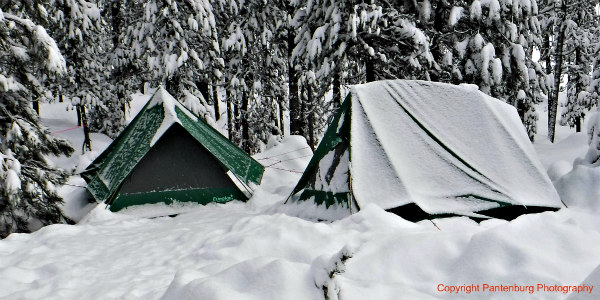

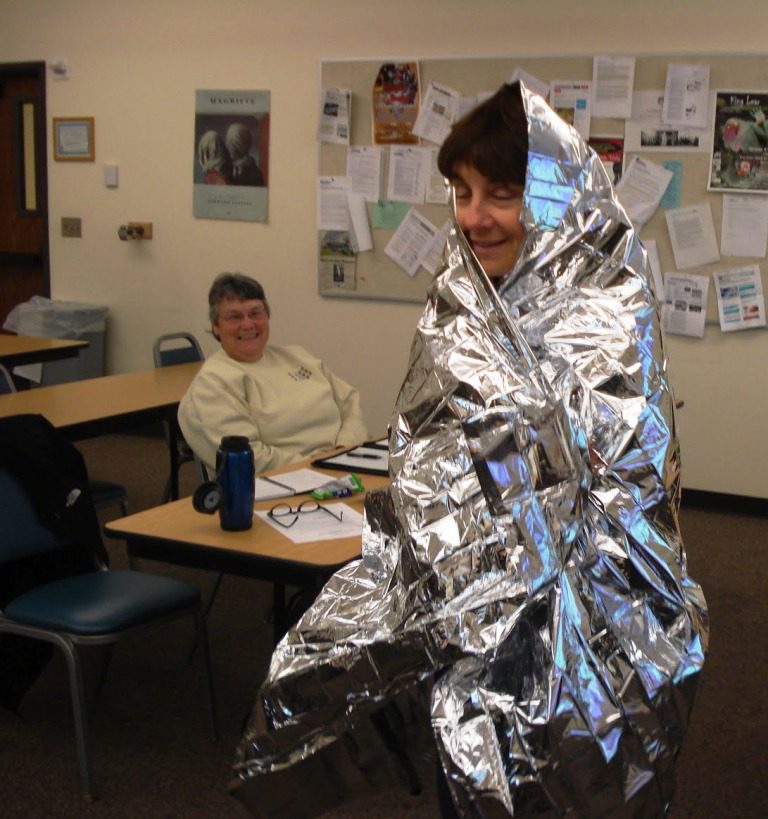
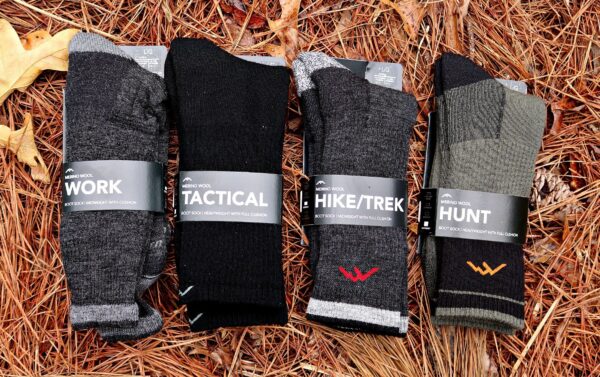
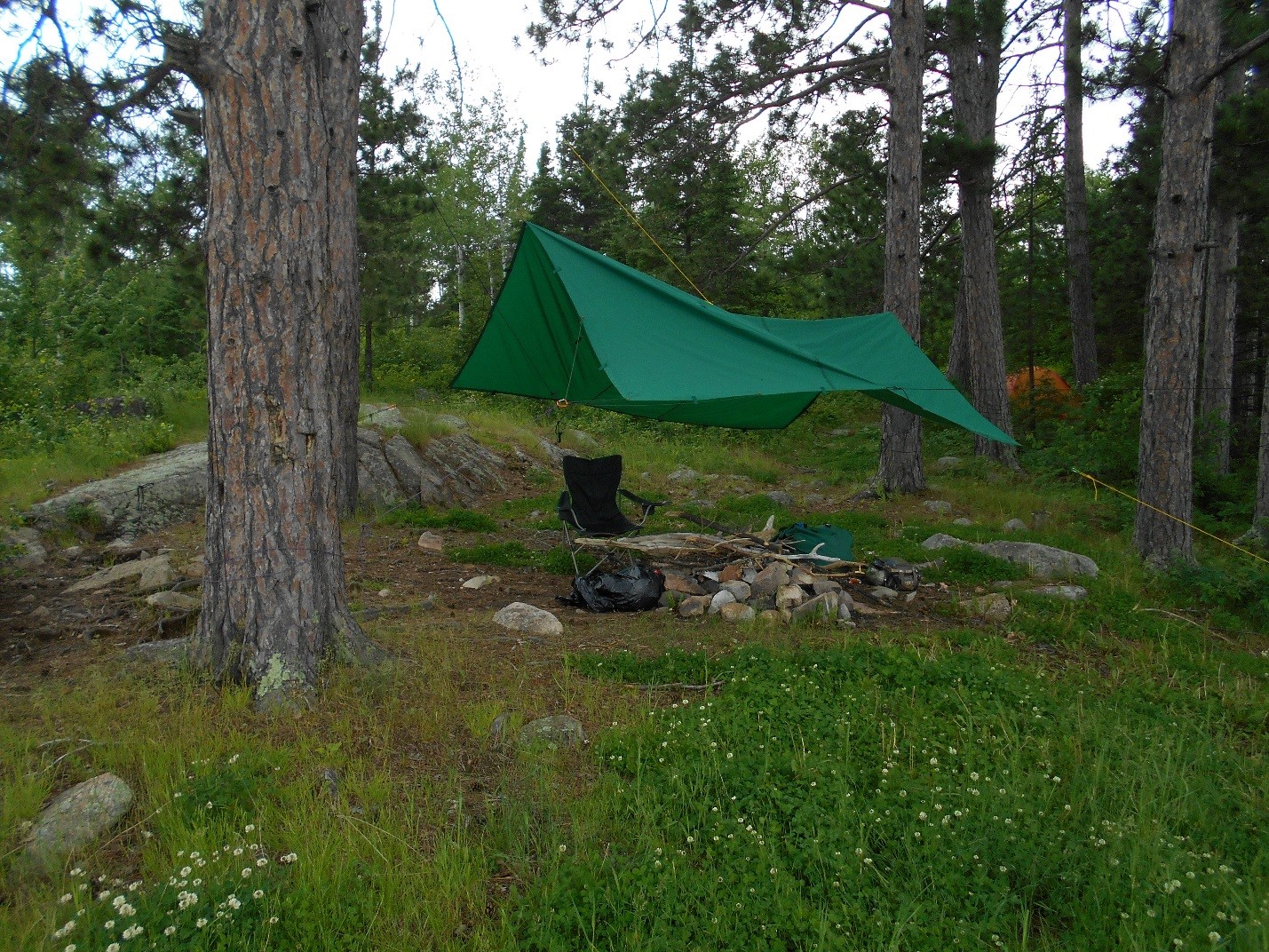
Leave a Reply